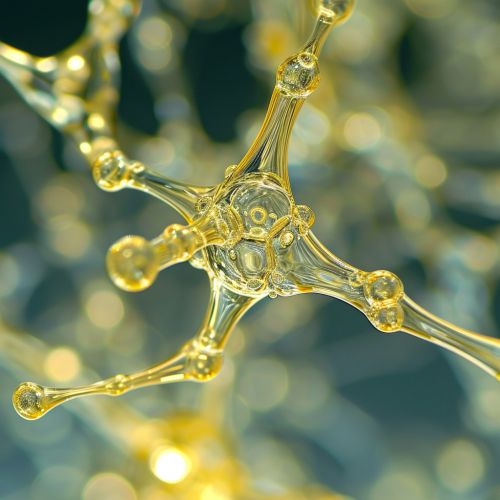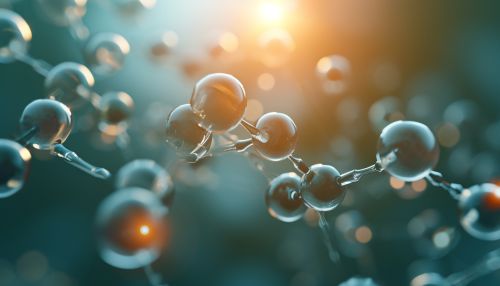Sesquiterpene
Introduction
Sesquiterpenes are a class of terpenes that consist of three isoprene units and have the molecular formula C15H24. They may be acyclic or contain rings, including many unique combinations. Sesquiterpenes are found naturally in plants and insects, as part of their communication system.


Structure and Biosynthesis
Sesquiterpenes are synthesized from farnesyl diphosphate (FPP), a derivative of isopentenyl pyrophosphate (IPP) and dimethylallyl pyrophosphate (DMAPP). The biosynthesis of sesquiterpenes involves the loss of pyrophosphate from FPP and the formation of a carbocation that undergoes a series of rearrangements. The specific outcome of these rearrangements depends on the enzyme that catalyzes the reaction, leading to the wide variety of sesquiterpene structures.
Classification
Sesquiterpenes can be classified based on whether they are acyclic, monocyclic, bicyclic, tricyclic, or tetracyclic. Acyclic sesquiterpenes, such as farnesene, have no rings in their structure. Monocyclic sesquiterpenes, like zingiberene found in ginger, have one ring, while bicyclic sesquiterpenes have two rings. Examples of bicyclic sesquiterpenes include caryophyllene, found in black pepper. Tricyclic sesquiterpenes, like artemisinin from sweet wormwood, have three rings, and tetracyclic sesquiterpenes, like taxadiene (a precursor to the anticancer drug taxol), have four rings.
Biological Role and Applications
Sesquiterpenes play a role in the defense mechanisms of plants and are also involved in their communication systems. They are responsible for the fragrance of many plants and play a role in attracting pollinators. In insects, sesquiterpenes act as pheromones, chemical signals for communication between individuals of the same species.
Sesquiterpenes have a variety of applications in the pharmaceutical, cosmetic, and food industries. They have been found to exhibit a variety of biological activities, including antifungal, antibacterial, antiviral, anti-inflammatory, and anticancer activities. For instance, artemisinin, a sesquiterpene lactone derived from sweet wormwood, is a potent antimalarial drug.
